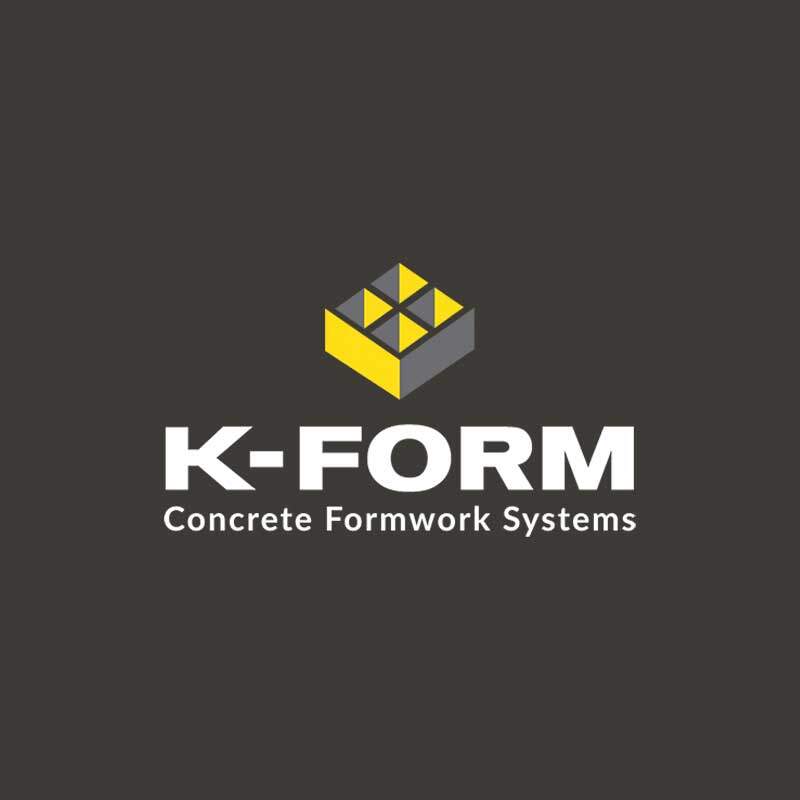Omnis Embraces Circular Construction
Reusing C&D Materials to Reduce CO2
It is well known the construction and demolition industry (C&D) generates large amounts of waste and creates excessive CO2 emissions. Generally, demolition projects contribute significantly more waste than new construction projects. Demolition represents more than 90 percent of total C&D debris generation, while construction represents less than 10 percent.1
Circular construction aims to replace existing take-make-waste systems with a circular system that designs out waste and pollution, keeps products and materials in use, and regenerates natural systems. Circular construction decouples economic activity from the use of finite resources and by placing value on waste as a commodity in itself.2 Think of buildings as “material depots” from which new buildings can harvest and reuse materials.
Renovation and reuse projects save between 50 and 75 percent of the embodied carbon emissions compared to constructing a new building.
Many rainscreen cladding manufacturers are repurposing products to be partially recyclable or reduce CO2 emissions in the production process. Steni Composite Stone and Petrarch Composite Stone rainscreen cladding panels are sustainably made and have a proven history of low CO2 emissions, reuse, and green building production practices.













